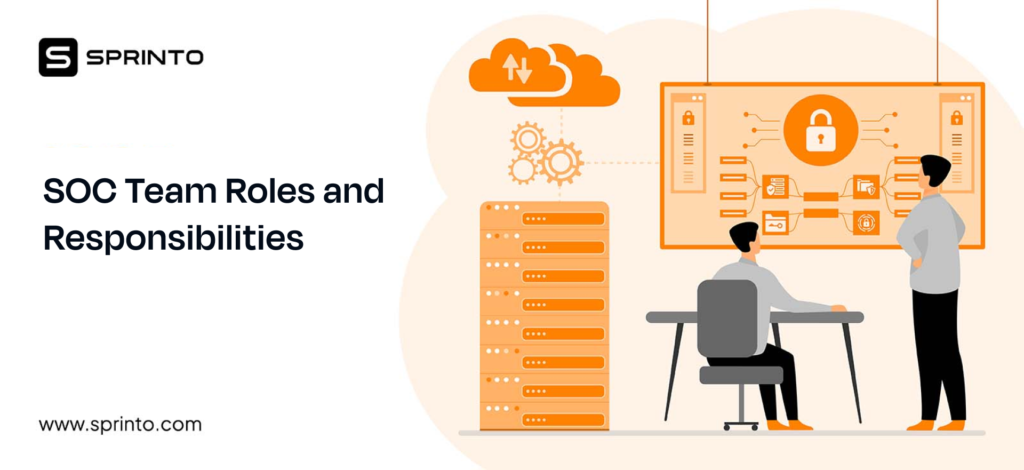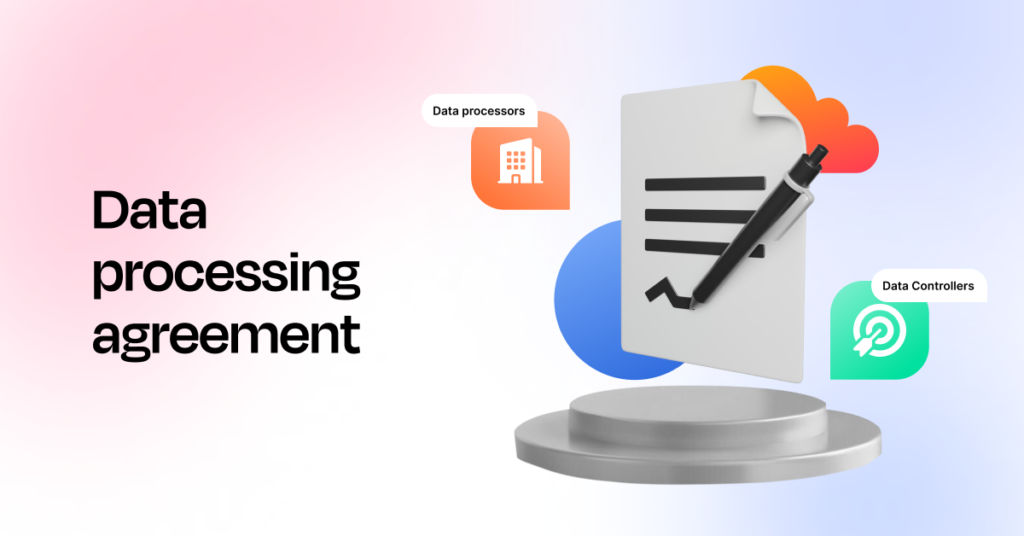Glossary of Compliance
Compliance Glossary
Our list of curated compliance glossary offers everything you to know about compliance in one place.
What are the Cybersecurity Posture Levels?
A cybersecurity posture shows how much risk your organization might face and your ability to mitigate security incidents. These signs help you see how vulnerable you are to potential problems.
However, every organization will present a different security posture; they vary. These variations are commonly segmented as cybersecurity posture levels.
Let’s look at the 5 typical security posture levels to keep things simple, making it easier to understand and manage potential risks:
Level One: At the top level, you will get a high-level view of the overall cyber risk across the organization. It’s like a single number that gives us an idea of how vulnerable we might be.
Level Two: Zooming in, it divides the cybersecurity landscape into different categories. It’s about cloud security, application security, data security, network security, device security, and identity security. Each category has its own unique risks.
Level Three: Here is where it gets deeper. Within each category, it breaks things down even further into specific sub-categories. This helps you understand the nuances of risks related to each aspect of cybersecurity.
Level Four: This level breaks it down into individual business units based on the organization and structure. This way, you can pinpoint risks that might be unique to each unit.
Level Five: We can take it a step further for organizations that have reached a high level of maturity. At this level, it separates risk measurements into different “value streams” specific to each business unit. This gives you a laser-focused view of the risks that matter most for each unit.
Additional reading
100+ Ransomware Statistics You Should Know
SOC Team Roles And Responsibilities: How To Structure A SOC Team For Success
Data Processing Agreement (DPA): Elements & Template

Sprinto: Your growth superpower
Use Sprinto to centralize security compliance management – so nothing
gets in the way of your moving up and winning big.




